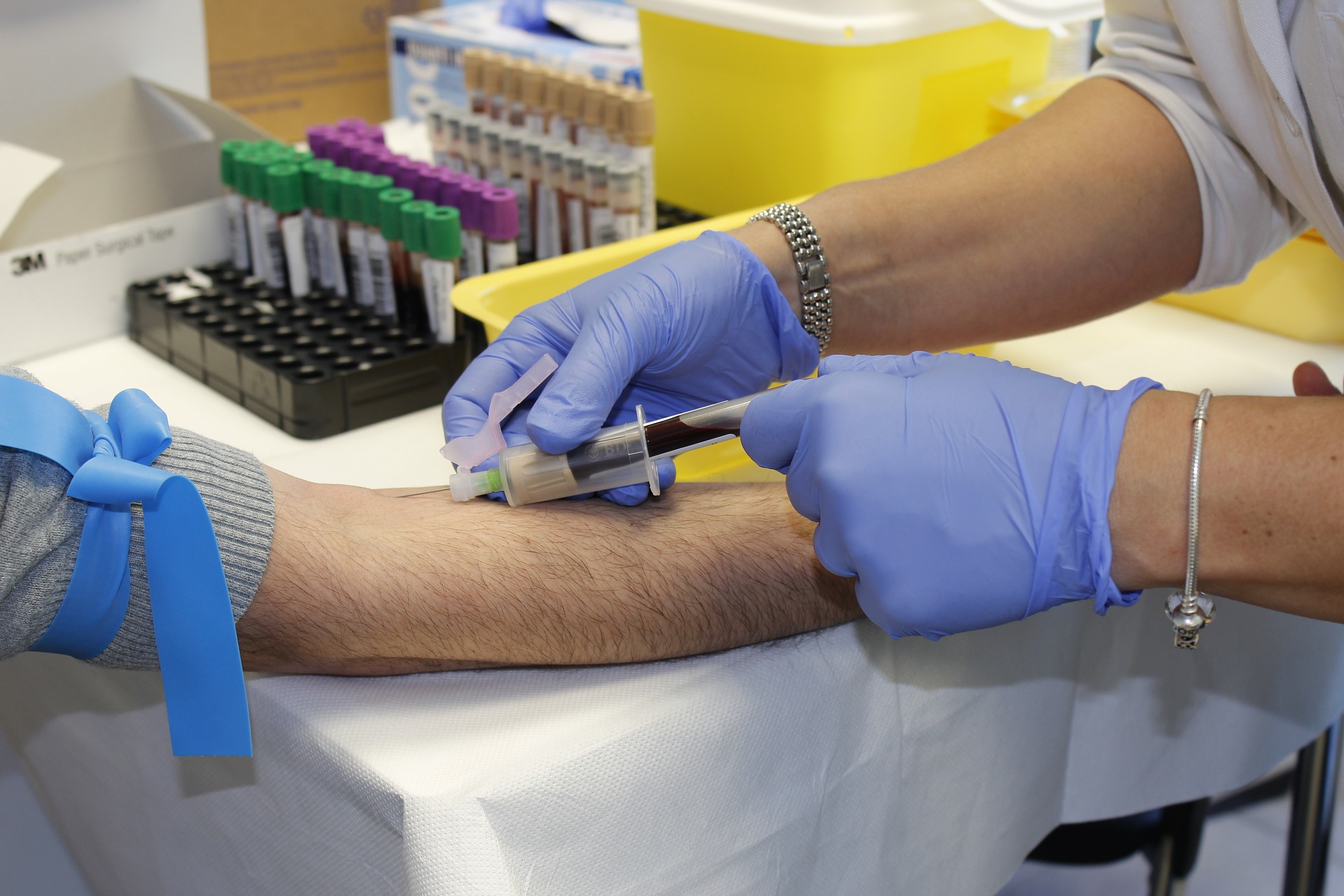
For most people, having blood taken is an easy and relatively painless job; for some, it may be an unpleasant experience and make their vision swim. That’s because some of us have to deal with trypanophobia, a phobia of needles or hemophobia, a fear of blood. Regardless of whether having your blood drawn is no big issue or a major problem for you, here are some quick tips and tricks that might help you to stay calm during a blood test.
Avert your gaze from the sight of blood. If you feel nauseous during a blood draw process, not watching the sight of blood drawn might solve your problem. If you have trypanophobia or hemophobia, chances are your system overreacts to catching such an unusual sight and may affect the heart rate and blood pressure levels. Thus, it’s always advisable to “avert your gaze” if you are oversensitive to the blood draw process.
Listen to music. One may use headphones and listen to music before and during the blood draw to relieve mental tension.
Relax. During a blood draw, try to stay relaxed. Focus on taking deep breaths as it may help you relieve mental tension and will help you relax your body.
Talk with the phlebotomist. Chatting with the phlebotomist or medical staff may help distract you and alleviate anxiety.
Don’t move or wiggle during the blood draw. Sit still and try to refrain from moving and wiggling while your phlebotomist is attempting to draw your blood. Chances are, if you keep fiddling/moving, it would possibly add to the number of prods required to draw your blood.
Lying down after the blood draw. If you have a tendency to feel dizzy or faded during any stage of the blood draw process, notify the phlebotomist before you begin the process. Your phlebotomist can draw your blood while you are lying down, and help you avoid collapsing and injuring yourself. If after the blood draw, you feel lightheaded or faint, putting your head amid your knees or lying down should help you feel better and relaxed.
Ask for another phlebotomist. If the phlebotomist is unsuccessful in reaching the vein even after the second attempt, another phlebotomist should technically step in to complete the procedure. If it doesn’t happen, it is reasonable for you to ask for someone else to handle the next attempt.
Ask for a smaller needle. The most common means of venous blood sampling (also known as phlebotomy) is the use of a hypodermic needle and syringe. However, you have veins that are typically hard to access or having a health condition that may cause you to bleed more, don’t hesitate to ask your phlebotomist to use a smaller needle, called a “butterfly needle”. The butterfly needles can make the blood draw an easy and fairly painless process.
Keep yourself warm. Keeping yourself warm increases blood circulation and expands your veins. It helps your phlebotomist to draw blood easily. Wearing warm clothes, warming your hands under a heating pad, etc., before a blood draw would be few good strategies if you are typically a cold person, or the temperature outside is low.
Drink plenty of water. One must drink plenty of water before his/her appointment. It is imperative to keep drinking plenty of water as it helps hydrate veins which makes them easier to find. Moreover, drinking water may thin the blood viscosity which allows blood to flow easier. Your phlebotomist will struggle less to draw the blood.
Eat breakfast. Unless your doctor advises you to fast, you should eat a light breakfast to help keep your blood sugar up. This will help you feel better after the blood test and prevent dizziness and light-headedness.
Ask the phlebotomist for methods to minimize discomfort. One may ask the phlebotomist for some methods/techniques to minimize discomfort during the blood draw period. An example would be to request a numbing cream before inserting a needle into the vein.
Lab Testing API offers a range of Blood tests that an individual can order themselves online, and all lab orders include a physician’s order.
The above content is purely informational, and it should not be considered as medical advice or a doctor’s recommendation. The websites of, American Association for Clinical Chemistry, World Health Organization (WHO) have been referenced to prepare this informational material.
Written by Dr. Shikha Sharma, Reviewed by Dr. Harshi Dhingra
